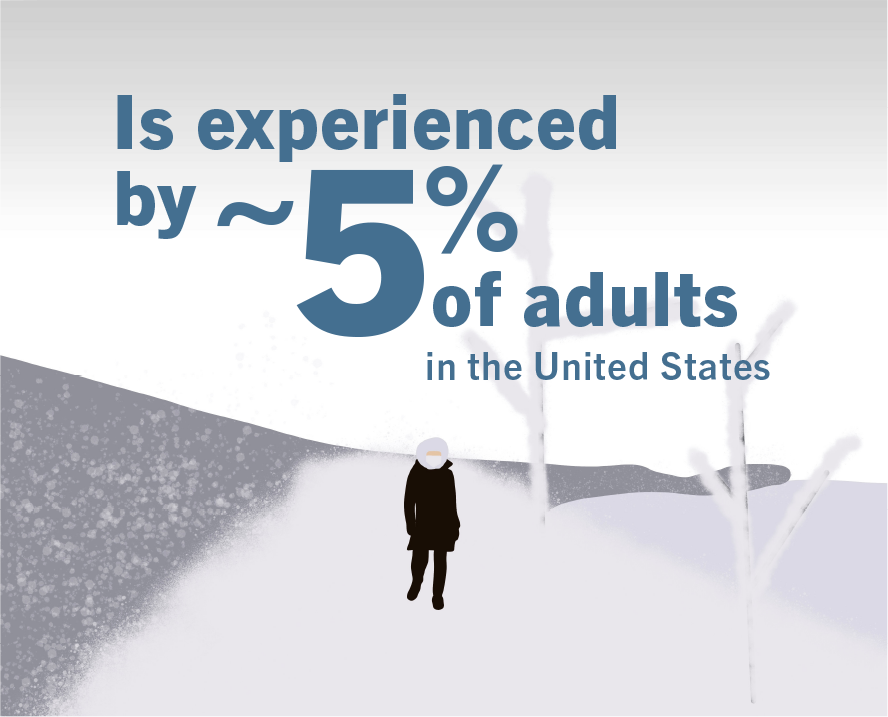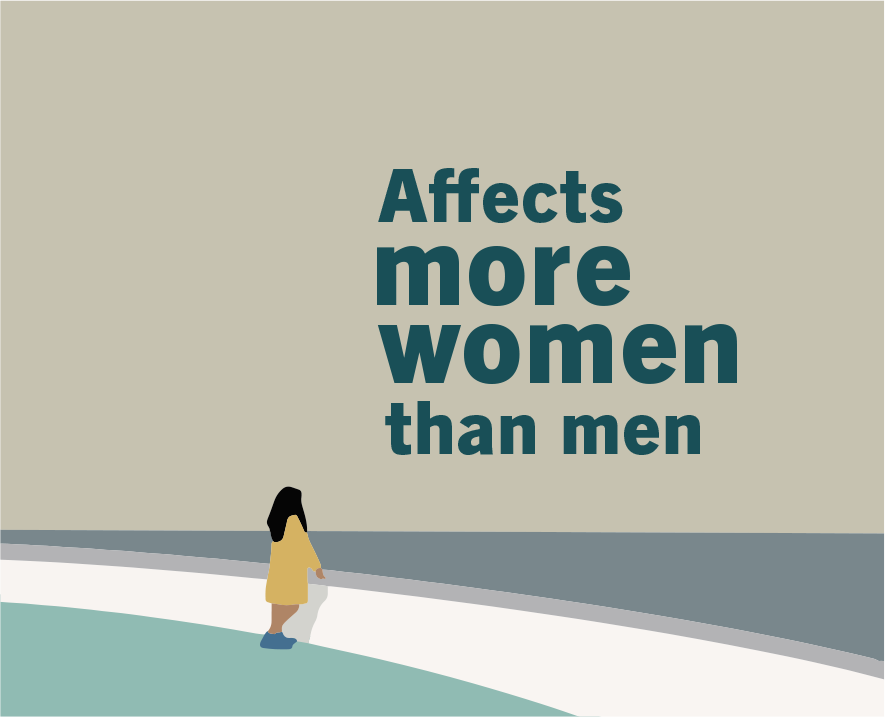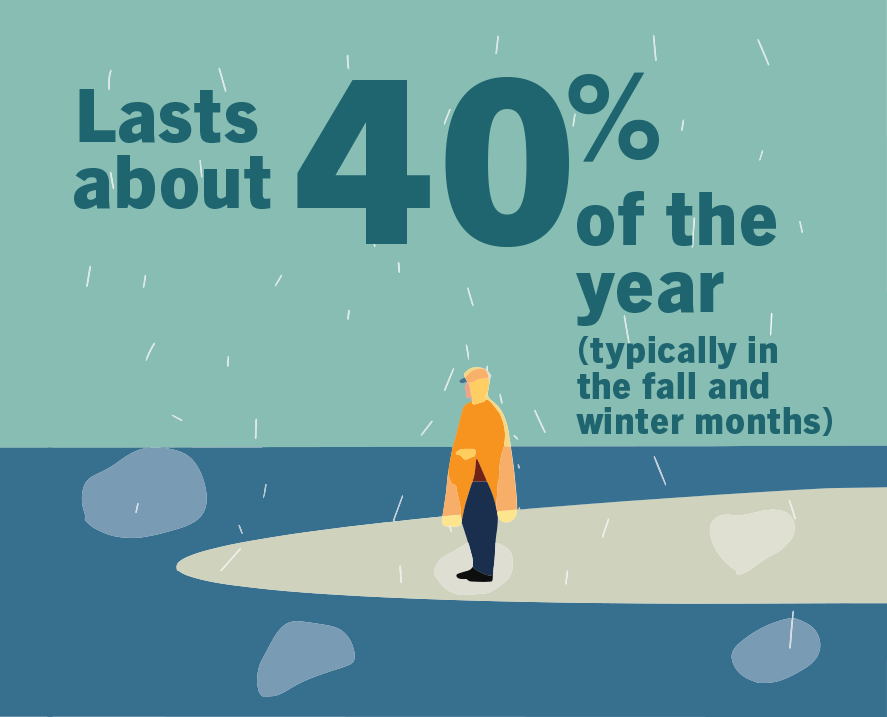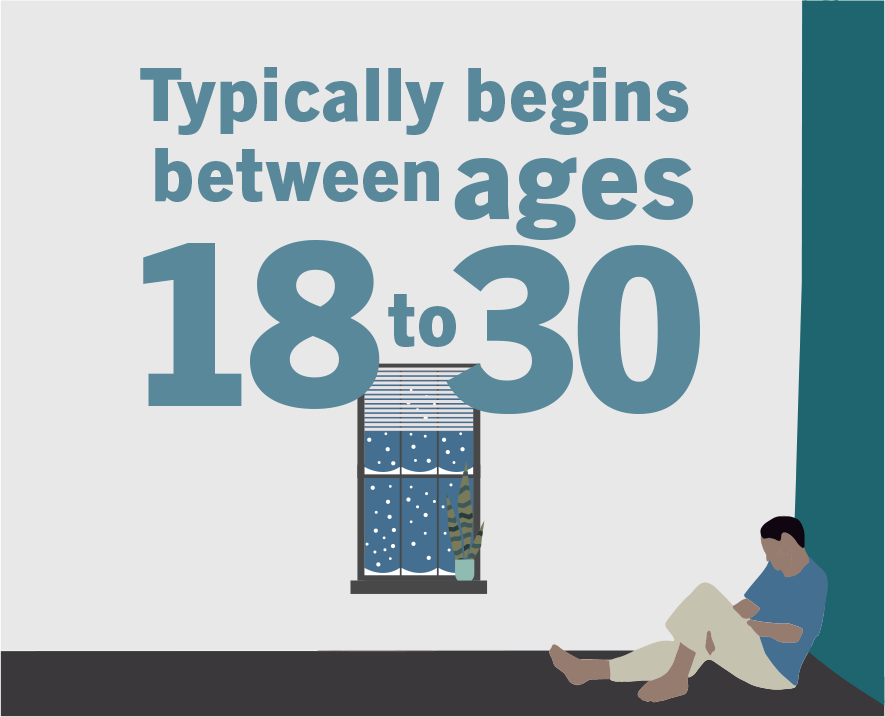SAD,
Seasonal Affective Disorder,
or seasonal depression:
A type of depression that
follows a seasonal pattern

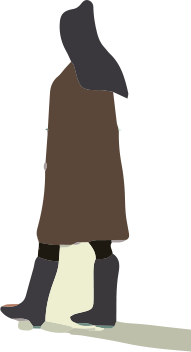
SAD typically starts in the fall
and continues into the winter months
Seasonal Affective Disorder:
What are some of the risk factors that can increase your chances of seasonal depression?
- Having major depression or bipolar disorder
- Living further north due to decreased sunlight in the winter months
- Family history of seasonal affective disorder
- Low level (deficiency) of vitamin D
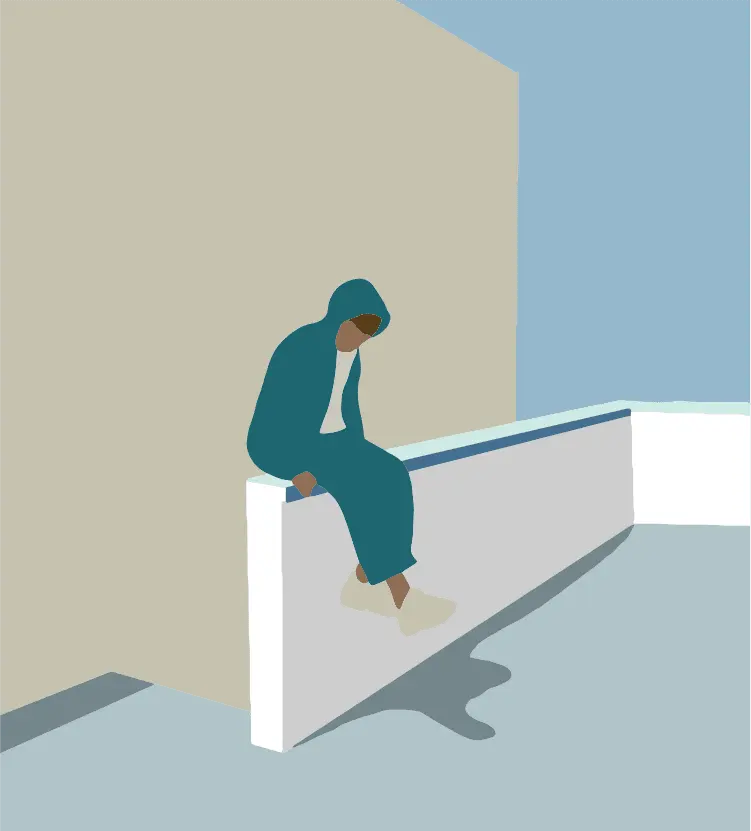
What are some of the risk factors that can increase your chances of seasonal depression?
- Having major depression or bipolar disorder
- Living further north due to decreased sunlight in the winter months
- Family history of seasonal affective disorder
- Low level (deficiency) of vitamin D
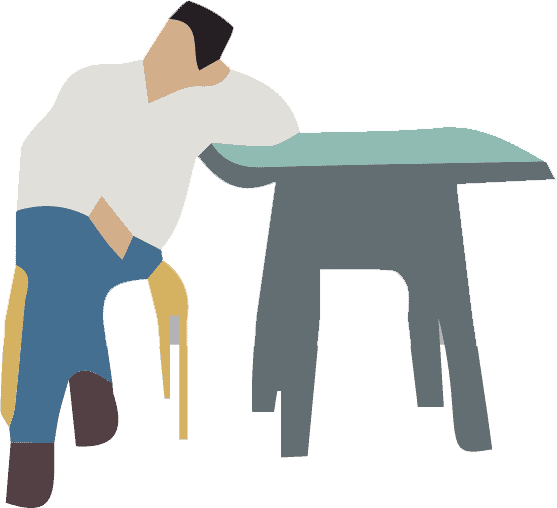
What are some symptoms* that are associated with seasonal depression?
- Feeling depressed most of the day, nearly every day
- Losing interest in activities you once enjoyed
- Feeling sluggish or agitated
- Having low energy
- Feeling hopeless or worthless
- Having difficulty concentrating
- Having frequent thoughts of death or suicide
- Oversleeping
- Overeating, particularly craving carbohydrates
- Gaining weight
- Withdrawing from social situations
*Symptoms must occur during specific seasons for ≥2 years in a row, but not all people with SAD experience symptoms every year.
What are some symptoms* that are associated with seasonal depression?
- Feeling depressed most of the day, nearly every day
- Losing interest in activities you once enjoyed
- Feeling sluggish or agitated
- Having low energy
- Feeling hopeless or worthless
- Having difficulty concentrating
- Having frequent thoughts of death or suicide
- Oversleeping
- Overeating, particularly craving carbohydrates
- Gaining weight
- Withdrawing from social situations
*Symptoms must occur during specific seasons for ≥2 years in a row, but not all people with SAD experience symptoms every year.

Possible treatment options include:
- Light therapy
- Talk therapy
- Antidepressants
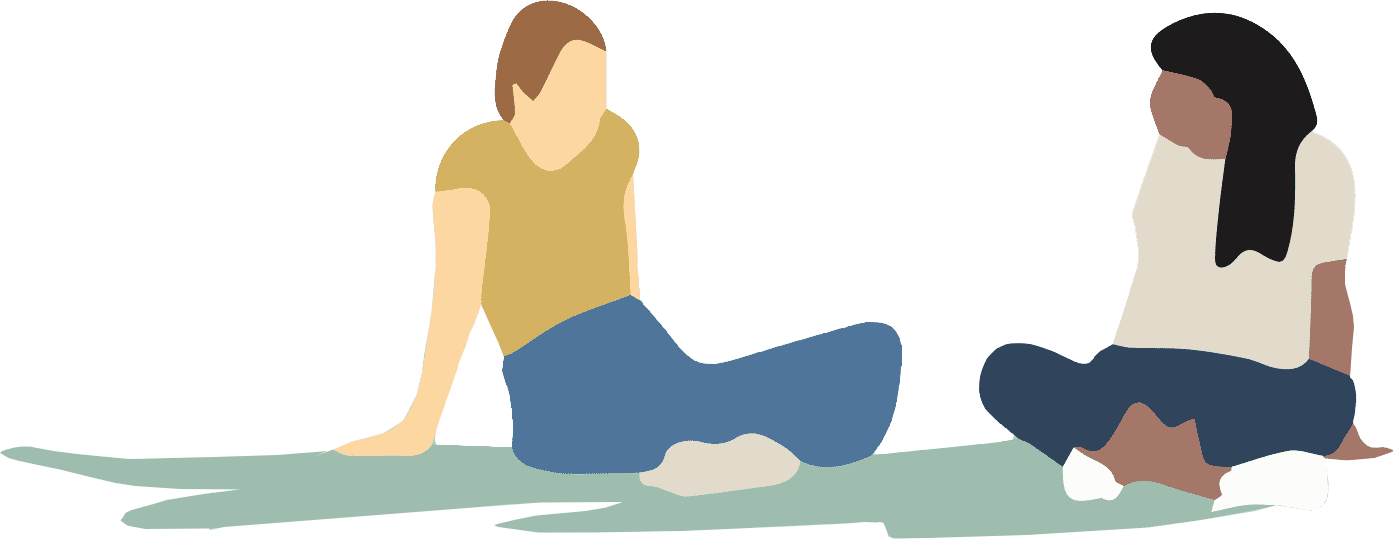
If you can relate to any of the above information, you are not alone. Even though SAD is a seasonal condition, it is important to manage symptoms when they’re present.
Speaking with a healthcare professional can help you find a treatment option that may be right for you.
Possible treatment options include:
- Light therapy
- Talk therapy
- Antidepressants
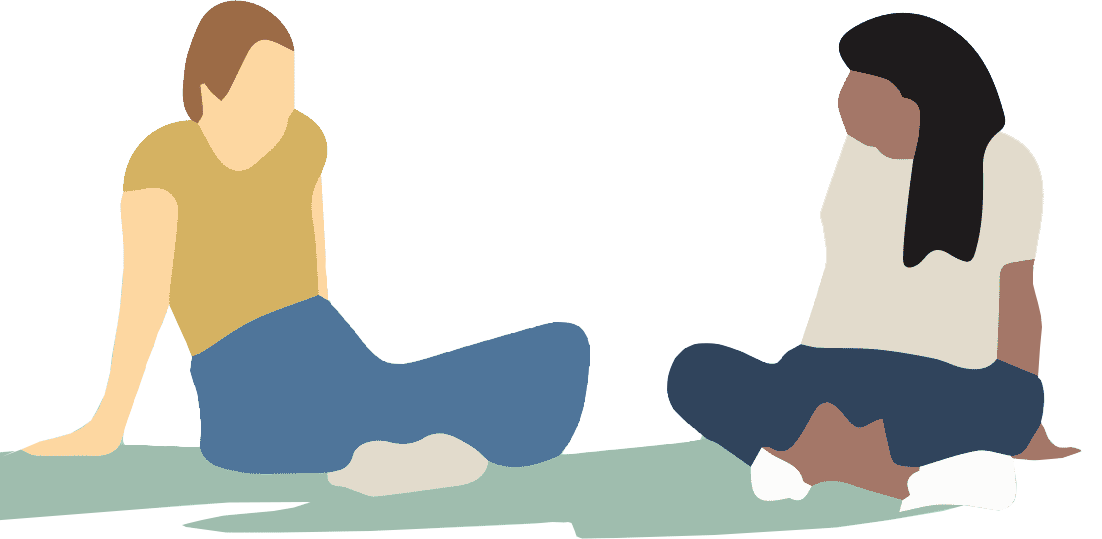
If you can relate to any of the above information, you are not alone. Even though SAD is a seasonal condition, it is important to manage symptoms when they’re present.
Speaking with a healthcare professional can help you find a treatment option that may be right for you.
